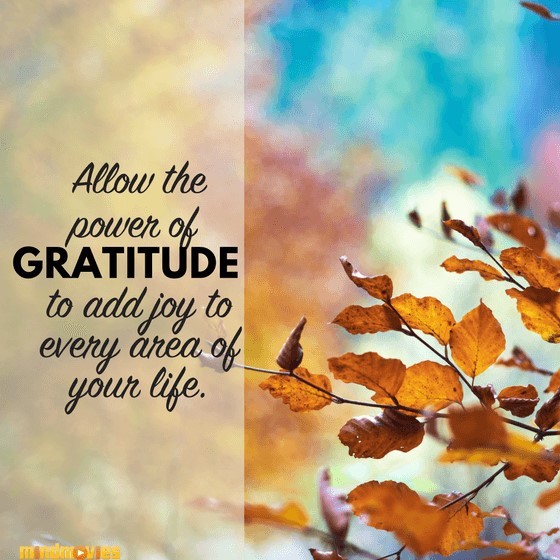October is Bullying Awareness and Prevention Month. As a school we take this month to focus on teaching our students what bullying looks like, how to stop it, and how to prevent the bullying.
How can we utilize mindfulness to promote an anti-bullying environment?
Bullying is often described as; an imbalance of power, where the bully feels powerless and wants to control their environment or a person in order to gain power.
Mindfulness helps us be aware of our surrounds, feelings, and the present moment. Using mindfulness we can help teach our students to recognize, understand, and share feelings in a healthy way. Mindfulness encourages a deeper understanding of oneself. This can help the bullied as well as the bully.
At school we encourage all teachers to utilize the program Inner Explorer. Mindful.org reports a study showing that schools who use the Inner Explorer program have seen a 50% reduction in bullying behaviors.
Check out the information present in the article and video. Using Mindfulness to reduce Bullying
We have an incredible tool to use to help our students and ourselves. The studies around the use of the Inner Explorer program have also presented results showing that teachers have seen a 43% reduction in their perceived stress when they too practice the program.
1 out of 5 students report being bullied
42% of the bullying has been reported as occurring inside the classroom
School based programs help reduce bullying by 25% (and Inner Explorer studies have shown around a 50% reduction in bullying behaviors).
Let's start off the month of October with a commitment to ourselves and our students. A commitment that we will help educate them on bullying and how to prevent it. We will also equip them with the ability to reduce stress, better identify feelings, and promote a positive learning environment for them. We can implement this commitment by providing a daily mindfulness opportunity utilizing the Inner Explorer program.
Inner Explorer provides; 90 daily practices which are around 10 minutes, 10+ transition practices, 30+ sound practices, and testing mindfulness. The program provides printable journal pages to provide to students, information to send home to families, and is considered a "plug and play" program making it easy on teachers.
From a personal view point, I enjoy exploring the program. I have taken time to test out all age levels of practices. Middle school don't be afraid to utilize the 8-12 grade age group practices. They are very practical for middle school. Last year I had students who would come to my office and ask for specific Inner Explorer practices such as: Shark Fin and Relaxation Train. I too enjoy the Relaxation Train.
At the beginning of the school year I emailed out the invitation to our school subscription of Inner Explorer. I encourage you to take some time to set up your account or log in again to your account from last year. Explore the program and test out some practices for yourself and then begin them with you students. October's challenge is to take time each day to practice with your students.
Let's educate our students about bullying and equip them with skills to prevent bullying. Don't find yourself working downstream with bullying, lets work Upstream and create a school of Up-Standers and Bully Stoppers.






